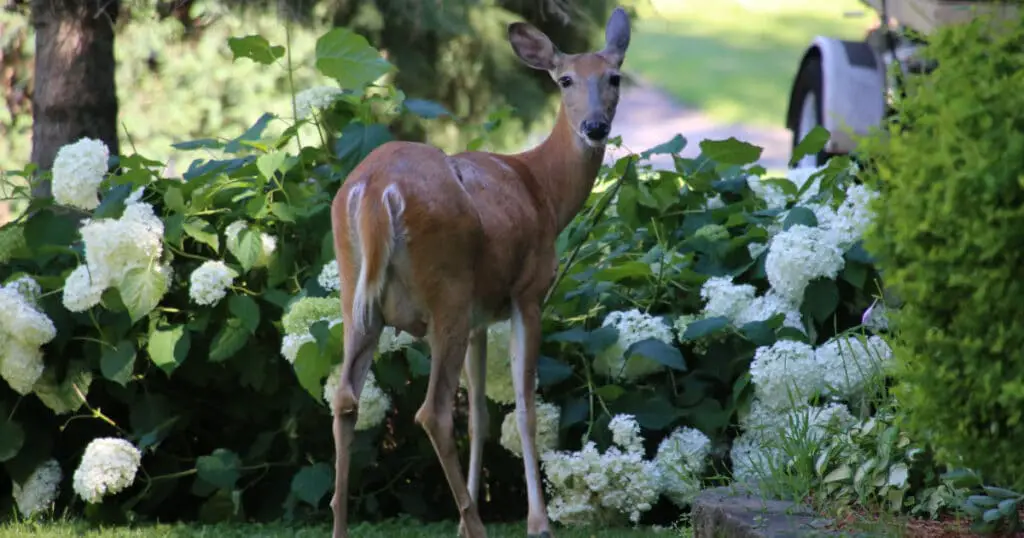Keeping your plants safe from pests and animals is a big concern if you have a garden or plan on building one. Especially if your home is near a forest or wildlife reserve, you’ll certain have to deal with the occasional deer looking at your foliage. So do deer eat hydrangeas and other flowers? Or will they stick to veggies, grasses, and fruit?
Learning how to grow plants and keep them safe from deer is essential, whether you’re a homeowner, gardener, or landscaper. After all, the last thing you want is to wake up to find deer feeding on your precious plants
Do Deer Eat Hydrangeas?
Table of Contents
ToggleDeer are herbivores and will feed on plants. They eat grass, leaves, and shoots of woody trees and plants. Their diet also includes acorns, nuts, and fruits such as apples, blueberries, and persimmons. They’ll also eat carrots if they can find them.
When food is scarce, deer will eat almost anything. They can venture out of the forest and into your backyard to feast on your vegetables or ornamental shrubs and trees. Though it’s not part of their primary diet, deer do eat hydrangeas and other edible flowers, like roses.
What are Hydrangeas?
Hydrangeas are flowering shrubs that produce large and colorful blossoms. They come in a lot of different shades, including blue, pink, white, and lavender.
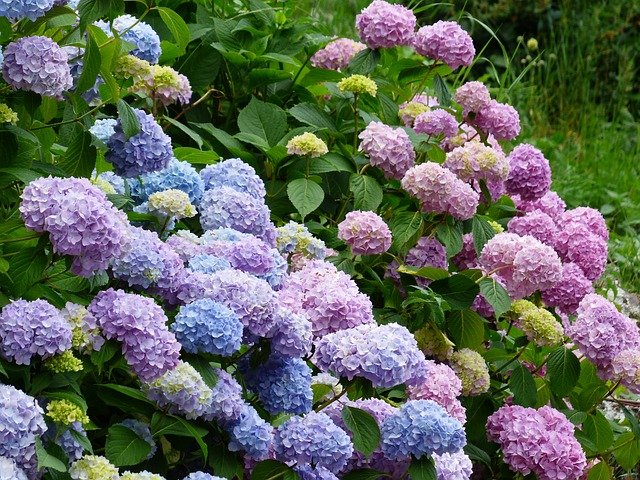
Hydrangeas are a popular choice for many landscaping designers and gardening enthusiasts because they are easy to grow. Certain hydrangea varieties can tolerate almost any soil and weather.
Hydrangeas species are classified into five different types:
- Bigleaf hydrangeas – They are also called Hortensia, French hydrangeas, or the Florist’s hydrangeas. This species is further divided into three types:
- Mophead – the most popular, characterized by large flower heads that come in hues of purple, blue, and pink
- Lacecap – similar to Mophead hydrangeas but blooms are smaller
- Mountain – they grow in winter and hard places; blooms are similar to Lacecap hydrangeas
- Panicle hydrangeas – They are the most cold weather-hearty variety and are distinct for their large and elongated flower heads.
- Smooth hydrangeas – They are also known as Annabelle hydrangeas. This variety have very large blooms with heart-shaped leaves.
- Oakleaf hydrangeas – The leaves of this hydrangea variety resembles that of an oak tree. The blooms change color in the fall.
- Climbing hydrangeas – They produce large white, fragrant blooms. Some can grow up to 60 feet in height.
Are There Deer-Resistant Hydrangea Varieties?
If you want to keep planting hydrangeas in your garden but don’t want deer eating them, there isn’t great news.
There aren’t really any varieties of hydrangeas that are deer-resistant.
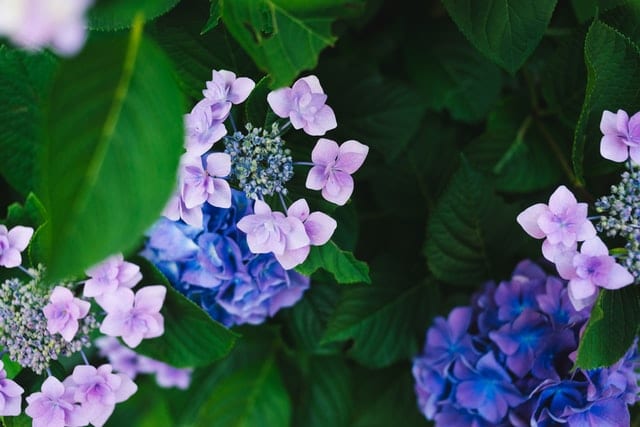
Keep in mind that hydrangeas are not deer’s top choice for food. However, if there are no other options left, they will chew on them.
Between the growing deer populations, extreme cold during the winter season, and the bushfires that destroy deer’s main food sources, deer are compelled to search for food elsewhere to survive, like your garden.
However, deer eat certain species of hydrangeas less than others. Deer tend to not eat Oakleaf hydrangeas and Climbing hydrangeas. These species are taller or grow in high places and are often less accessible to deer to eat.
How to Keep Deer Out of Your Garden
If you’re worried about deer eating your existing garden, your next option is keeping them away altogether.
While there is no absolute way to deer-proof your garden, there are measures you can do to fend deer off your property.
Include Plants Deer Dislike
Deer are known to avoid plants that are hairy or fuzzy. Plants like lamb’s ear, flowering tobacco, and poppies have a bristly, coarse texture. Deer avoid those because they don’t like feeling them against their tongues.
You can also try planting sea hollies, globe thistle, or bear’s breeches. These prickly plants have spines on their leaves, which deer also tend to avoid.
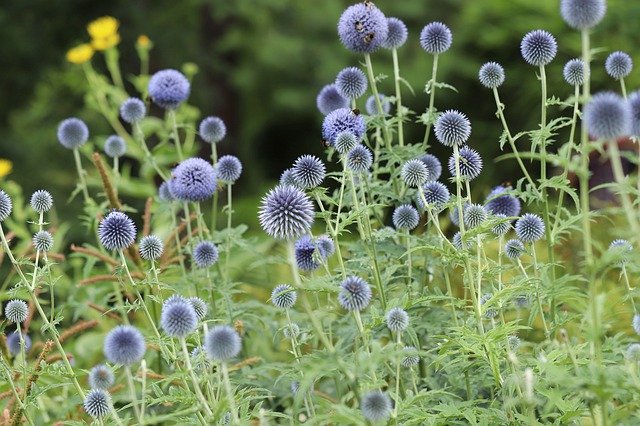
Deer are also repelled by aromatic or heavily fragranced foliage, like catmint, boxwood, and Russian sage.
Fibrous plants that are hard for deer to digest, like irises, peonies, and begonias, will also keep deer away.
You may also want to consider planting toxic foliage such as daffodils and monkshood. Be aware that these plants may also cause harm to children and pets.
Put Up a Garden Fence or Barrier
Keep deer out of your garden by fencing them out. Stockade fences are a better choice over see-through ones. Deer won’t jump over the barrier if they can’t see what’s on the other side. A 6- to 8-foot-high fence is ideal for keeping deer out.
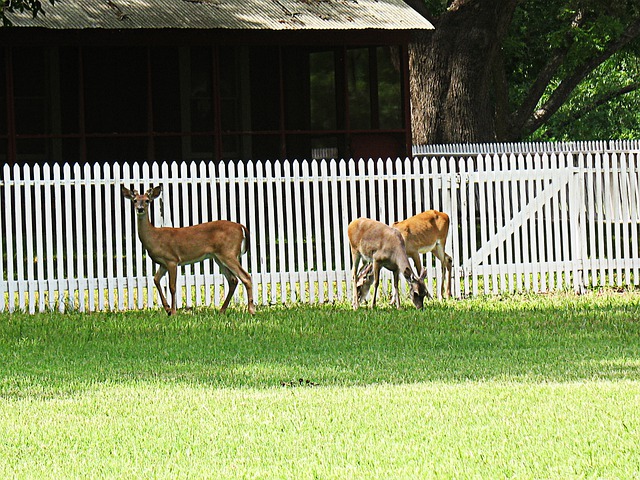
If you don’t want to put a fence around your whole garden, you can instead cover individual plants with netting.
Use Deer Repellents
Apply deer repellents at least once a week. Spray them on plants that are not naturally deer-resistant. Most deer repellents don’t smell good, but the odor will fade as soon as they dry out.
If you don’t want to buy commercial deer repellents, you can make your own by mixing eggs, garlic, and chili peppers. Deer don’t also like the smell of soap, so you can also cut a bar of soap into small pieces and spread them around your plants. You can also put a soap bar in a mesh bag and hang it near your plants.
With these deer-deterring strategies, you can be a step closer in achieving your dream garden, filled with breath-taking blooms and not worry about deer destroying your beautiful landscape.

